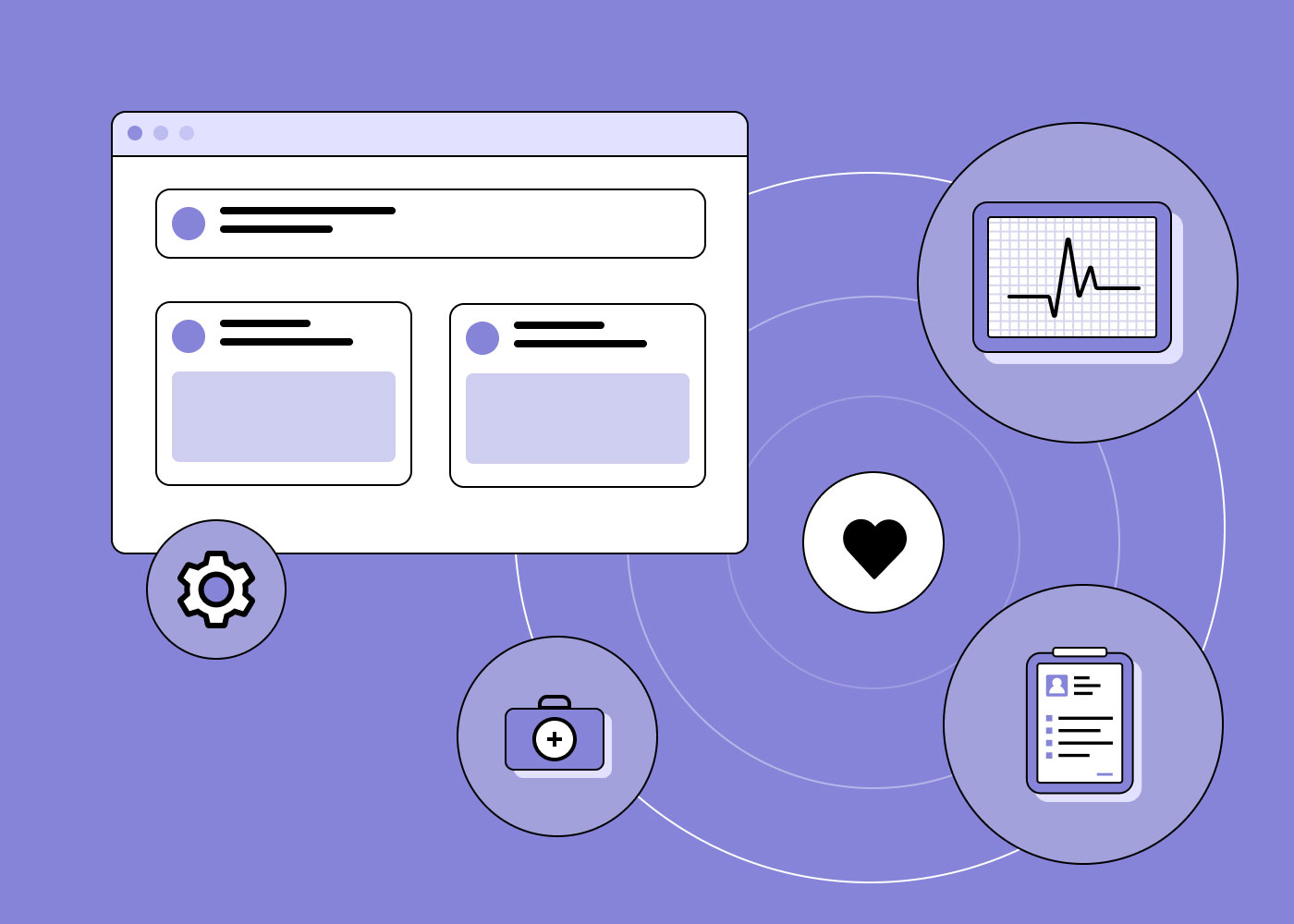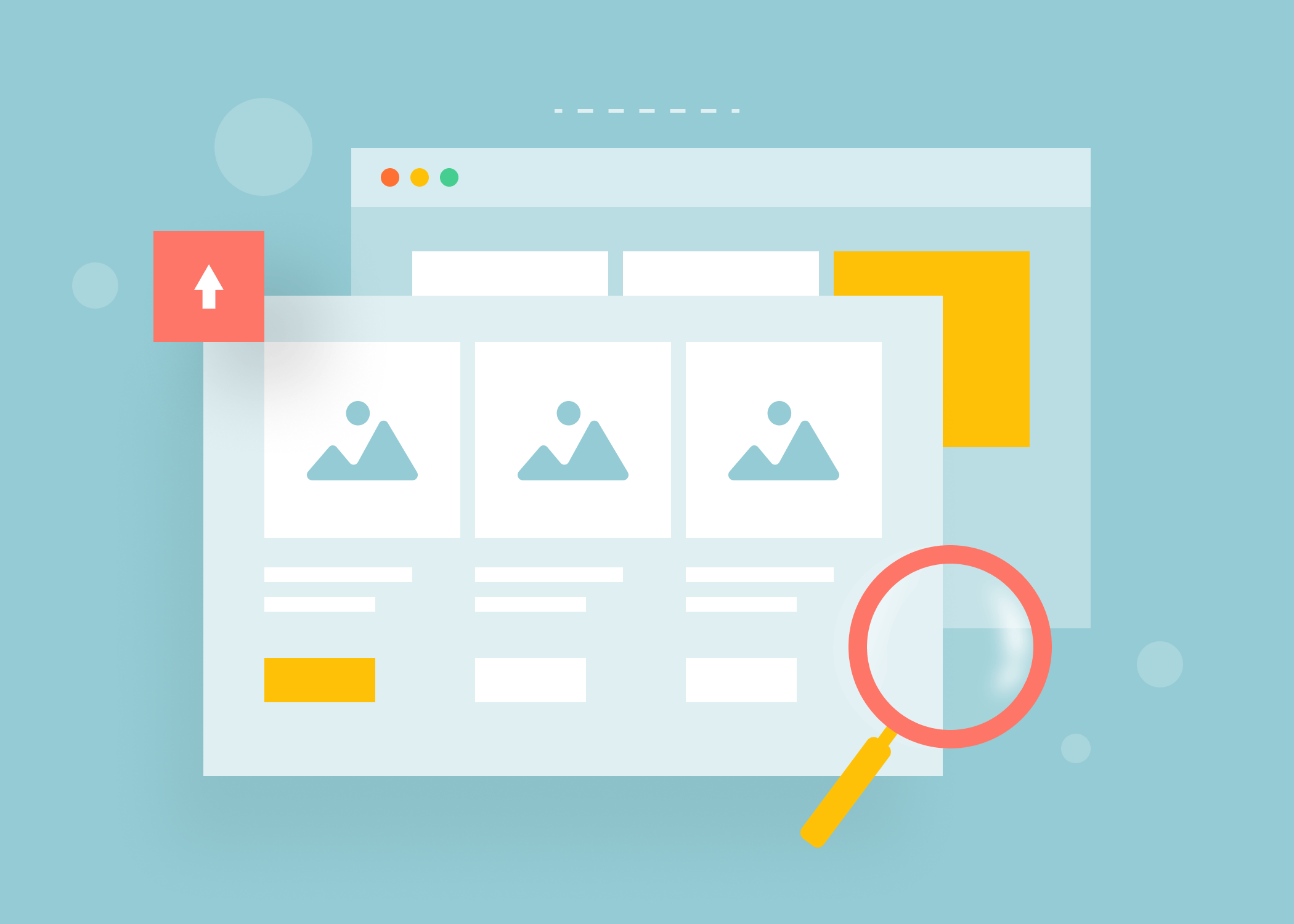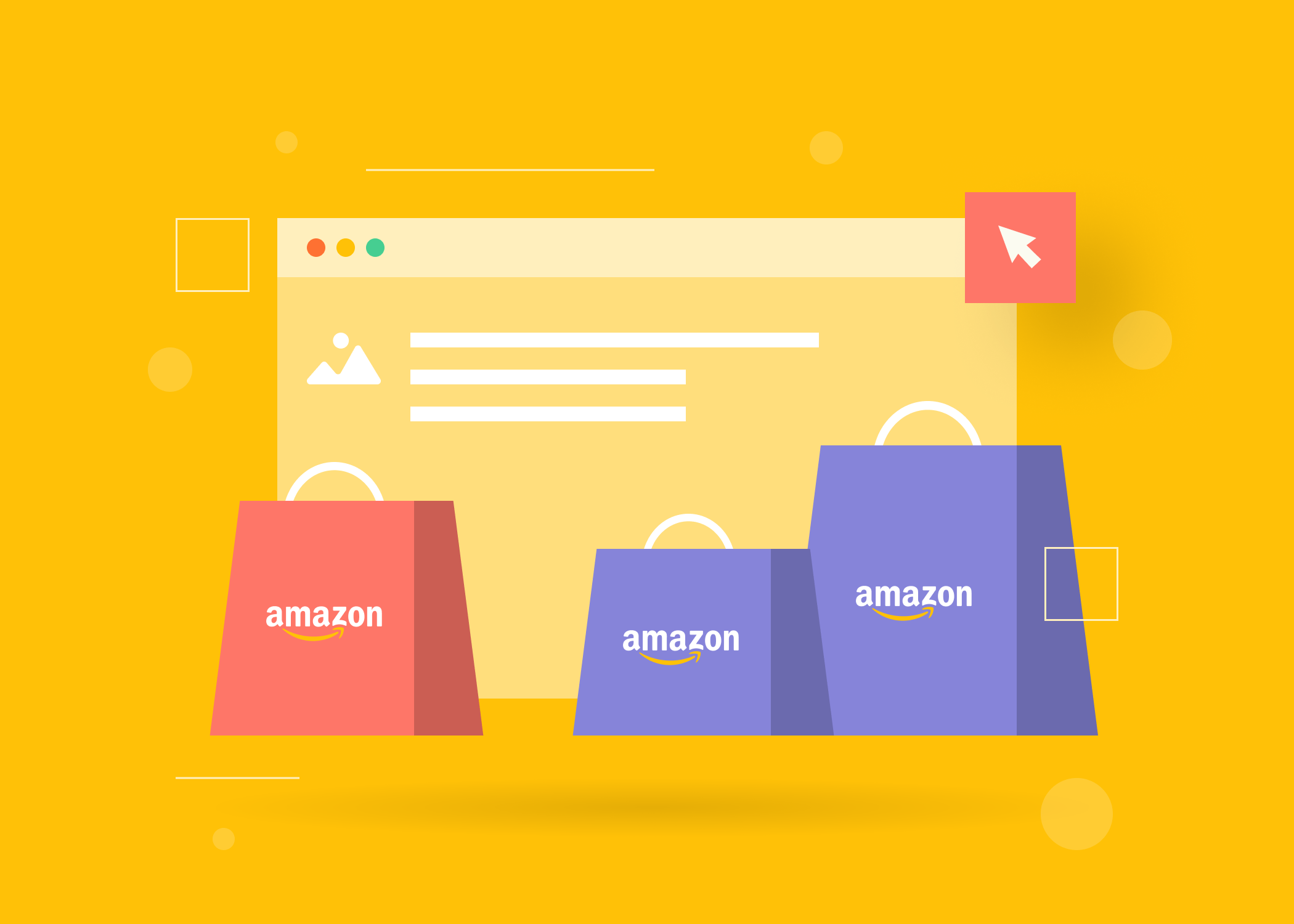Content
A Comprehensive Guide to NFT Marketplace Development
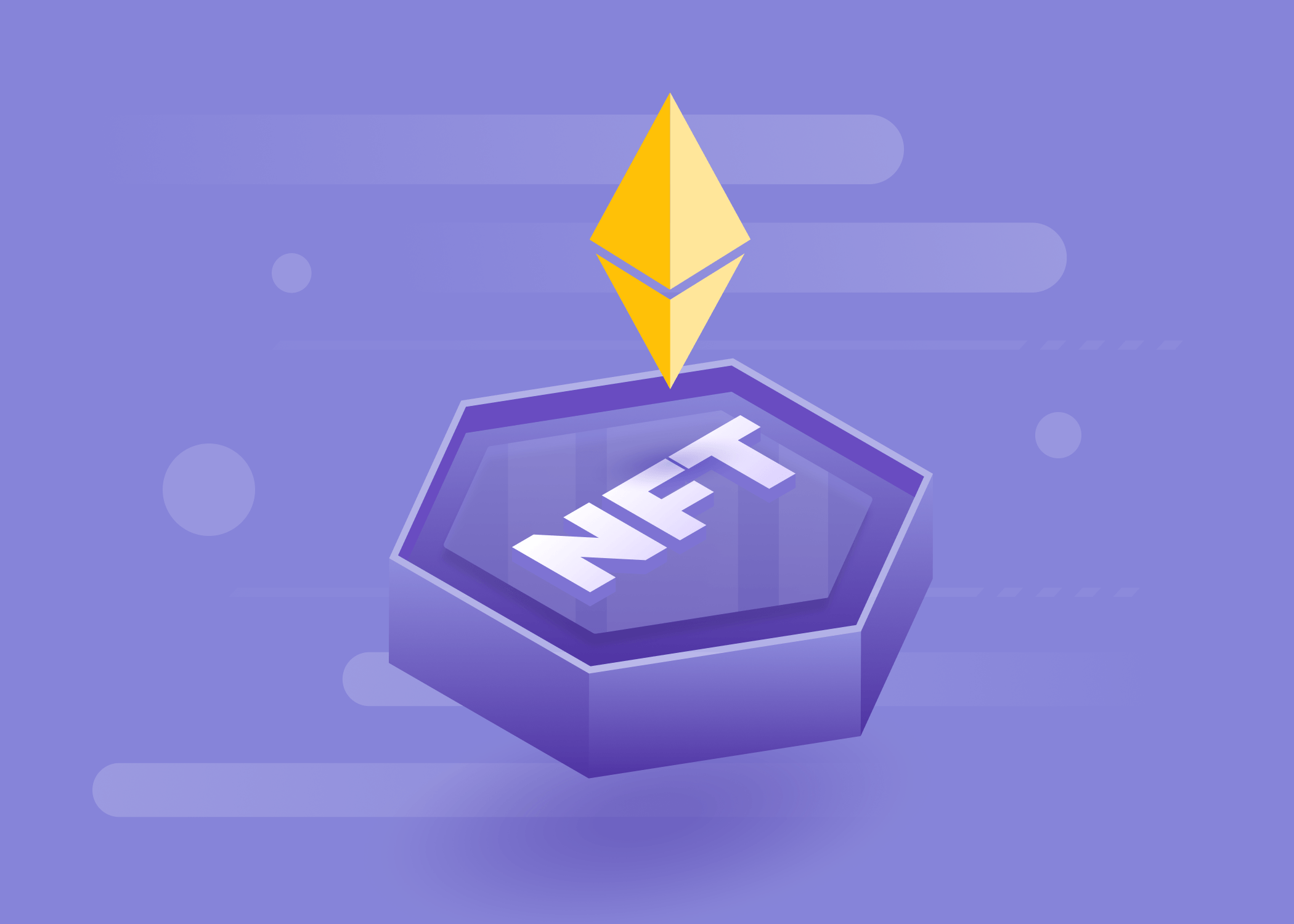
Time to read: 20 minutes
In early 2021, NFTs, a high-niche product in the crypto industry, suddenly came under the spotlight. Just think, the most famous NFT was sold for $70 million! Astonishing, isn’t it?
NFT is a type of token that allows you to digitize any good. This way, you can earn money through your creativity or just experiment with new technology. If one bitcoin is no different from another, each NFT is unique. This allows information on any object from the real world to be represented on the blockchain.
The main beneficiaries of the token market are NFT marketplaces that provide the most straightforward opportunities for purchasing and selling NFTs. This article will tell you what NFTs are, why they cost such fabulous amounts of money, and how to create a marketplace to sell them.
What Are Tokens?
Tokens are virtual units that confirm ownership of a particular asset. The cost is determined by their creators. They operate based on blockchain technology. Since cryptocurrencies are also based on this technology, these two concepts are often confused. Tokens differ from cryptocurrencies because they can exist on “foreign” blockchains and can be somewhat more centralized.
Tokens can represent an investor’s stake in a company or serve an economic purpose, such as acting as legal tender. This means that token holders can use them to make purchases or trade them, like other securities, for profit.
How do digital tokens work?
Think of digital tokens as casino chips that you can use instead of cash in games. Like casino chips, digital tokens are unregulated but valuable because they have a certain value when converted into fiat money.
A digital token facilitates transactions in the real world with the help of a decentralized technology—blockchain. Users can make payments and store money without having to go to third-party providers, so the transactions they enter into are more direct. This transaction method is often preferred because it does not require an intermediary, making it faster and more accessible for both parties.
In the era of cryptography, the concept of tokens remains the same: a representation of something tangible (physical) or intangible (non-physical, that is, a service) within an ecosystem. It is important to understand that while all coins are tokens, not all tokens are considered coins.
.png)
Blockchain projects issue their unique coins—tokens. The token buyer can, for example, increase the amount of their storage in the database or, if the company’s tokens are essentially its digital shares, leave until better times in the hope that they will rise in price.
How do tokens differ from cryptocurrencies?
The two most common blockchain-based digital assets are cryptocurrencies and tokens. The biggest difference between the two is that cryptocurrencies have their own blockchains whereas cryptocurrency tokens are built on an existing blockchain. Here are the other differences:
- The emission of tokens can be centralized or decentralized, while that of cryptocurrencies is always decentralized.
- The verification of token transactions can be centralized or decentralized, while that of cryptocurrencies is always decentralized.
- A very wide list of factors can influence the price of tokens in addition to supply and demand (e.g., release of additional tokens, pegging to other assets), while the market fully regulates the price of cryptocurrencies.
- Tokens do not have to be launched on their own blockchain, while cryptocurrencies always have their blockchain.
Unlike Bitcoin, Ether, and other cryptocurrencies, an NFT is an object that has no equivalents and has its own price.
What types of tokens exist?
In the crypto space, there can be tokens for any kind of service or product.
Payment tokens, for example, are coins like Bitcoin or Litecoin (LTC) that are used to pay for transactions in the digital world.
Utility tokens provide holders with access to blockchain-based products and services.
Security tokens are traditional assets such as stocks and shares represented by digital tokens on the blockchain.
The most distinct types of tokens are fungible and non-fungible tokens, which we will discuss next.
Fungible vs. Non-Fungible Tokens
Well, it seems we figured out a bit about what tokens are. Tokens can also be fungible and non-fungible. So, what is the difference between the two?
Fungible tokens. From an economic point of view, a fungible entity can be exchanged for another asset or commodity of the same value. The most striking example of a fungible asset is currency. For example, one person’s $100 bill has the same value as another person’s $100 bill or two of their $50 bills. All those goods and services that are equivalent, that is, interchangeable, are fungible entities. Fungible tokens are like coins of the same monetary denomination—equal and alike. This is how cryptocurrency works. For example, one bitcoin can be easily replaced with another, and nothing will change.
.png)
However, not all digital assets are fungible. For instance, a painting by Pablo Picasso is not identical to one by Claude Monet, and an mp3 file containing a song by The Beatles can hardly be replaced with a recording of one of Eminem’s concerts. Therefore, to transfer unique items to the blockchain, non-fungible tokens were created.
Non-fungible tokens. These are unique digital items whose originality and ownership have been proven using blockchain technology. An NFT is a digital coin that cannot be replaced with another token without changing the value and essence of the object. Most often, NFTs are bought and sold using the Ethereum blockchain cryptocurrency.
Like cryptocurrency, an NFT is created on the blockchain, which acts as a database for recording all transactions. In addition, the blockchain guarantees the authenticity of NFTs. Thanks to this system, any user can check the origin and history of a specific NFT.
By purchasing an NFT, the user purchases a certificate for an asset, which means that they become its owners. This certificate is, in essence, a line of code that confirms that the owner of the token is the owner of the original copy of the object. An NFT token has been compared to a painting that may belong to a gallery, museum, or individual, but which may be admired by the audience in a catalog or an exhibition.
Let’s watch a summary of everything mentioned above in this short video:
NFTs: What You Should Know
Each NFT is unique and has no analog, while the conditional one bitcoin can always be sold and another one bought, and they will be the same. Non-fungible tokens cannot be gradually replaced, divided, or replaced. The NFT system is suitable for securing the rights to a unique object—a work of art, real estate, or an artifact in a computer game.
- Unlike Bitcoin, an NFT is unique.
- NFTs are similar to plane tickets—they are all identical in appearance but differ in seat number and destination.
- NFTs are ideal for creating digital versions of art and collectibles.
- NFTs can also digitize identity cards and documents, confirming the ownership of objects and real estate.
- NFTs operate based on the Ethereum blockchain in the format of ERC-721 tokens.
- Tokens can be purchased or sold on the secondary market through unique exchange platforms.
.png)
Consider the main features of NFTs:
- Blockchain Ethereum. NFTs most often operate on the Ethereum blockchain. However, after the network became congested, new projects appeared on alternative platforms. The same GameFi often uses other projects due to the high cost of transactions and commissions in the Ethereum network.
- Deficit. To maintain the value of NFTs, their supply needs to be severely limited. Tokens have different degrees of rarity. This means that only a few rare and highly popular tokens can exist. NFTs for some games are sold in bundles, giving each player a chance to get their desired NFT.
- Indivisibility. Another difference between NFTs and cryptocurrencies is their indivisibility. If you can send 0.05 bitcoins to a friend, you can’t do the same with 5% of an NFT.
- Authenticity guaranteed. Last but not least, like all blockchain platforms, NFTs allow you to trace the authenticity of an asset and see the history of its ownership.
How do NFTs work?
NFTs exist on a blockchain, that is, a distributed public ledger where transactions are recorded. You are probably most familiar with blockchain as the primary process that makes cryptocurrency possible. NFTs are usually stored on the Ethereum blockchain, although other blockchains also support them. By the way, thanks to the demand for NFTs, the cost of using Ethereum has grown considerably.
NFTs are created or “minted” from digital objects that represent both tangible and intangible items, including
- Art
- GIFs
- Videos
- Collectibles
- Virtual avatars and skins for video games
- Designer sneakers
- Music
Lets talk about itHave a project in mind?
Even tweets count! Twitter co-founder Jack Dorsey sold his first tweet as an NFT for over $2.9 million. Essentially, NFTs are like physical collectibles, only digital. So instead of hanging a real oil painting on the wall, the customer gets a digital file.
They also receive exclusive ownership rights. Yes, an NFT can only have one owner. The unique NFT data makes it possible to verify the token’s ownership. The owner or creator can also store certain information inside NFTs. For example, artists can sign their work by including their signature in the NFT’s metadata.
The most famous examples of NFTs
NFT technology was created in 2017 based on Ethereum smart contracts.
- The first piece of art converted into an NFT token was a 2007 black and white stencil by Banksy, called Morons (White). The blockchain company Injective Protocol bought it, burned it, and created an NFT token for it, that is, a virtual asset tied to a “digital image of an art object.”
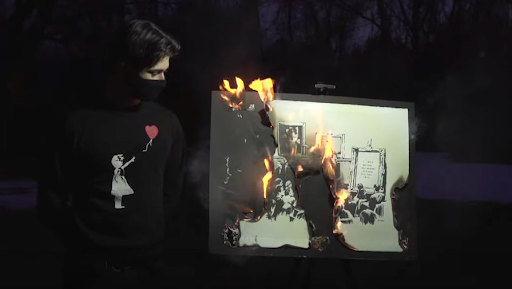
- The first musician who turned his album into a token was DJ 3LAU. He sold a limited edition album and earned $11.6 million.
- The singer Grimes (now also the mother of Elon Musk’s child) sold 400 NFTs tied to four drawings created by her and her brother. In just 20 minutes, the sale brought Grimes $5.8 million.
- NFTs are a fantastic way for creative people to monetize their skills and expand their audience. Moreover, due to the lack of logistical difficulties, selling artworks digitally is effortless compared to doing so offline.
- Works of art are not the only type of object sold in the form of NFTs. Even a popular meme can go through the process. For example, the GIF Nyan Cat, where the cat rushes through space and leaves behind it a train of rainbows, was sold at auction for $580,000.
ew.png)
- An NFT from the digital artist Beeple sold for more than $69 million at Christie’s, making him one of the three most expensive living artists, according to the auction house. But the value of digital art is not only in money.
- A New York Times article on NFTs was sold as an NFT for half a million dollars. Basketball fans can collect video clips of the best moments of NBA games by buying them on the official NBA Top Shot site.
- So far, the purpose of NFTs is to buy and sell tokens to collect or resell them. But the technologies used for NFT trading are also applicable in real life.
- Nike, for instance, has patented the CryptoKicks sneakers. By purchasing them, you will receive a digital token that confirms the authenticity of the shoes and that you are their owner. Furthermore, when reselling the sneakers, you can easily prove their authenticity. This is possibly only the beginning of the use of the blockchain to confirm purchases and sales.
- The Austrian Post is selling crypto marks. This physical stamp with a QR code leads to a digital copy of your stamp.
ers.png)
- The band Kings of Leon became the first in the world to release their album as an NFT. Their fans got access to the music, limited types of vinyl, and concert tickets.
How Can You Build an NFT Marketplace?
Previously, NFTs were available only on specialized platforms and were traded in a narrow circle of crypto enthusiasts. In 2022, everyone has heard of NFTs; they have become part of our culture. After the successful integration of luxury clothing brands with NFTs, global brands have also started using the technology. Examples include McDonald’s, Samsung, Visa, NBA, and Marvel.
NFTs are not just hype. Compared to 2020, NFT sales increased 400 times in 2021, going from $33 million to $13 billion. The turnover of OpenSea in December 2021 was 3 billion dollars; in just a few days in January 2022, it exceeded $700 million!
So, now is a great time to explore new scenarios and business schemes with NFTs. For example, the Magento online store building platform can be a great way to customize NFT development. Then let’s find out how to create your own NFT marketplace!
Steps to create an NFT marketplace
Creating a marketplace platform is a laborious process that requires proper knowledge and experience. However, Dinarys can guarantee the creation of an NFT marketplace with wide functionality, flexibility, and smooth operation. Here are brief, step-by-step instructions for creating such a platform:
Step 1 - Project start
Before creating an NFT marketplace, you need to discuss the details of the project and its technical aspects with the development team. To clearly understand the concept and carry out the work accurately, we provide a list of questions that will help us create the ideal project for you:
- What is your niche?
- Who is your target audience?
- What token protocol do you want to use?
- What technology stack would you like to implement?
- What is your monetization model?
- How is your platform different from those already on the market?
- What features would you like to have on your platform?
Even if the customer has difficulty answering some of these questions, our business analysts and development experts will help determine the niche and strategy in the best possible way.
After the project has begun and we understand in which direction to move, we create a project plan and estimate the required time and budget. We then proceed directly to the goal.
Step 2 - Design and development
Dinarys has gathered a team of the best developers of online stores, marketplaces, and software, who know exactly what is needed on the market now. After determining the development of the project and the client’s business needs, our team of business analysts, designers, and marketers determine the user flows and site functions. An effective architecture for the trading platform is thus created. Then, all the members of our team begin the multifaceted process of creating the new NFT marketplace.
UI/UX design. The product’s first impression, usability, and user experience are critical components of its success. At this stage, our designers think through every step that a potential user can take in the marketplace.
Back-end development. Next, our back-end developers start building the interior of the future NFT marketplace. This is where a multifunctional process begins. In addition to the usual business logic and marketplace functionality, we implement work with the blockchain, smart contracts, and wallets; we also provide an auction mechanism (most NFTs are sold through auctions).
Read more about the types of auctions on our blog. You should not miss this!
Here is an example of a technology stack for the back-end of an NFT marketplace:
Blockchain: Ethereum, Binance Smart Chain.
Token standard: ERC721, ERC1155, BEP-721, BEP-1155.
Smart contracts: Ethereum Virtual Machine, BSC Virtual Machine.
Frameworks: Spring, Symfony, Flask.
Programming languages: Java, PHP, Python.
SQL databases: MySQL, PostgreSQL, MariaDB, MS SQL, Oracle.
NoSQL databases: MongoDB, Cassandra, DynamoDB.
Search engines: Apache Solr, Elasticsearch.
DevOps: GitLab CI, TeamCity, GoCD Jenkins, WS CodeBuild, Terraform.
Caching: Redis, Memcached.
Lets talk about itHave a project in mind?
Front-end development. After the server part of the NFT marketplace is ready, our developers proceed to the outer part. This part is responsible for the interaction between the final product and the user. The main goal of front-end development is to provide ease of management, reliability, and performance. Here is an example of a technology stack for an NFT marketplace front-end:
Web languages: Angular.JS, React.JS, Backbone, and Ember.
Mobile languages: Java, Kotlin for Android, and Swift for iOS.
Architecture: MVVM for Android and MVC, MVP, MVVM, and VIPER for iOS.
IDE: Android Studio and Xcode for iOS.
SDK: Android SDK and iOS SDK.
Step 3 - Testing
After all the above steps have been completed, our QA team checks the work. This is a critical stage in developing your NFT marketplace, as the smooth and error-free operation of the platform is paramount. Therefore, the QA team runs several checks to ensure that your project code does not contain critical errors and bugs. Furthermore, content, usability, security, reliability, and performance are checked for all possible platform scenarios.
Step 4 - Deployment and support
When the platform is tested, it is time to deploy your NFT marketplace on the server (i.e., the cloud). Please note that this is not the last step in the process, as you will also need to organize the support service. Moreover, it is also necessary to plan the platform’s development to follow market trends and user expectations.
Best NFT Marketplaces
When thinking about creating your marketplace, one of the best strategies is to study your competitors. So, let’s take a look at the most popular NFT marketplaces and how they hook users.
OpenSea
The OpenSea NFT platform is the largest NFT marketplace in existence in 2022. The daily turnover of transactions on the platform exceeds $40 million. The platform is entirely open. Each user can buy or sell NFTs without additional confirmation or verification.
eas.png)
Various types of tokens are sold on OpenSea, including collectible cards, art objects, and game tokens. You can buy both single tokens and collections. Pictures, music, GIFs, and more are also encrypted with NFTs. The bulk of trading on the OpenSea marketplace is done using Ethereum. NFTs that comply with the ERC-721 and ERC-1155 standards are published on the platform.
Binance
Binance is the largest cryptocurrency exchange globally and has been operating since 2017. The trading platform lists over 300 cryptocurrencies and tokens, and the list is constantly changing. Binance also recently launched a marketplace where members can trade NFTs.
ss.png)
Binance NFT allows traders to buy and sell any type of NFT. The publication of tokens is free; approval from the administrators is not required. NFT payments are accepted in Ethereum and native cryptocurrencies Binance Coin and Binance USD. Traders can trade NFTs and conventional cryptocurrencies and tokens from a single trading account.
Rarible
The Rarible marketplace has been in existence since 2020. As of 2022, it averages over 2 million unique users per day. Famous personalities also exhibit their lots on the platform. For example, Lindsay Lohan placed some NFTs on Rarible.
ws.png)
The platform is integrated with OpenSea, so you can find similar lots on the two marketplaces, including photographs, art objects, and music. Rarible also sells NFTs with domain names.
Rarible is one of the most promising NFT trading platforms. In July 2021, it held a round of fundraising that ended with $14.2 million in new investments. The marketplace thus has considerable resources for development.
How About Starting to Sell Tokens Together?
NFTs are a popular type of digital asset. However, these tokens are very different from ordinary tokens and cryptocurrencies. This includes the fact that they cannot be traded through conventional terminals; they require special trading platforms—NFT marketplaces.
By creating such a marketplace, you can buy, sell, and store your tokens. There are several types of trading platforms, and it is crucial to choose the right one for you. Some marketplaces offer the possibility of generating NFTs. So, it is important to work only with reliable sites to avoid the risk of fraud for your potential customers. Trust in quality work and create your NFT marketplace with Dinarys. With many years of experience in building online stores and marketplaces, we know exactly what users need. Leave a request, and our managers will contact you shortly. We are looking forward to working with you and implementing your ideas!
FAQ
Non-fungible tokens (NFTs) are unique, easily verifiable digital assets that represent specific items, such as a GIF, image, video, or music album. In theory, anything that exists online can be purchased as an NFT. In contrast, a cryptocurrency is a form of fungible token that is exchangeable for another asset or commodity of the same value.
The process varies based on what platform you use. For instance, on Top Shot, a platform that allows you to buy, sell, and trade NBA highlights, you join a waiting list that can be thousands of fans long. Then, when a digital asset goes on sale, you are randomly chosen to buy it. While Top Shot accepts USD and cryptocurrencies, some platforms only accept crypto, like OpenSea.
They’re newly popular, but not new. Andrew Steinwold traces their origins to blockchain-backed Colored Coins in 2012, but they didn’t move into the mainstream until CryptoKitties had everyone buying virtual cats in 2017. Recently, as Google search trends indicate, interest in NFTs has exploded. The creators of CryptoKitties started Top Shot, and digital artwork is now being auctioned by Christie’s.
Let professionals meet your challenge
Our certified specialists will find the most optimal solution for your business.

